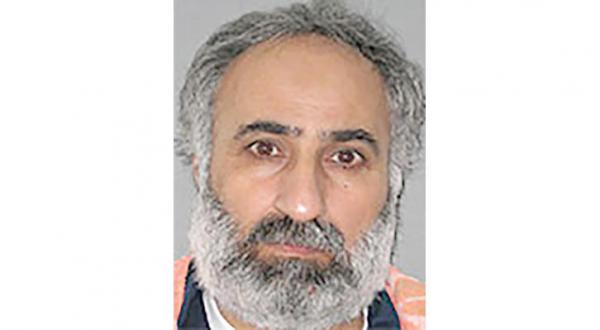Beirut- Defense Secretary Ash Carter announced on Friday that the US military had killed Abd al-Rahman Mustafa al-Qaduli, a high-ranking ISIS leader often known as Hajji Iman.
Qaduli was widely described as ISIS’s second-in-command and the commander of the group after its head, Abu Bakr al-Baghdadi, was reportedly wounded in an airstrike last year.
Carter referred to Qaduli as a “senior leader serving as a finance minister,” an important position for an organization that has recruited fighters by paying them better wages than other armed groups.
“We’ve taken out the leader who oversees all the funding for ISIS’s operations, hurting their ability to pay fighters and hire recruits,” Carter said.
Carter cautioned: “As you know, leaders can be replaced. These leaders have been around for a long time, they are senior and experienced, and eliminating them is an important objective and result. They will be replaced and we will continue to go after their leadership.”
The successful attack is the latest in a string of strikes targeting the group’s leadership as it is losing territory in both Iraq and Syria. Carter told a news conference in Washington on Friday: “We are systematically eliminating ISIS’s cabinet.”
The US military has killed numerous ISIS leaders in recent months. Earlier this month the Pentagon said it killed Omar al-Shishani, described as ISIS’S “Minister of War,” in an airstrike in Syria.
Mr. Carter said American airstrikes had also destroyed “a significant quantity of improvised explosive devices and bomb-making equipment” that could have been used against Iraqi forces as they try to reclaim the city of Mosul.
The Department of Justice offered a $7 million reward for information on Qaduli’s whereabouts, second only to the $10 million price for Abu Bakr al-Baghdadi, and the Treasury Department labeled him a “specially designated global terrorist” in 2014.
US Special Operations forces killed a key ISIS commander during a daring raid in eastern Syria in May 2015. The ISIS Commander, Known as Abu Sayyaf, was killed in a heavy firefight after he resisted capture in the raid.
Abu Sayyaf had expertise in oil and gas and had taken an increased role in ISIS operations, planning and communications.
After less than a week from killing Abu Sayyaf, ISIS was able to seize the ancient city of Palmyra, located in the countryside of eastern Homs.
On Friday, the Syrian Regime and Syrian Observatory for Human Rights announced that the Syrian Arab Army entered the southern districts of Palmyra city after fierce clashes with ISIS fighters throughout the past weeks and Mamluk-era citadel.
Long-term, government forces intend to capture the oil rich deserts east of Palmyra and eventually reach the besieged government-held districts inside Deir ez-Zor city, which is besieged by ISIS militants.
Syrian and Russian warplanes struck at least 56 targets inside ISIS-held areas of the city and pro-government militias supported the army’s advance, said the Syrian Observatory for Human Rights.

